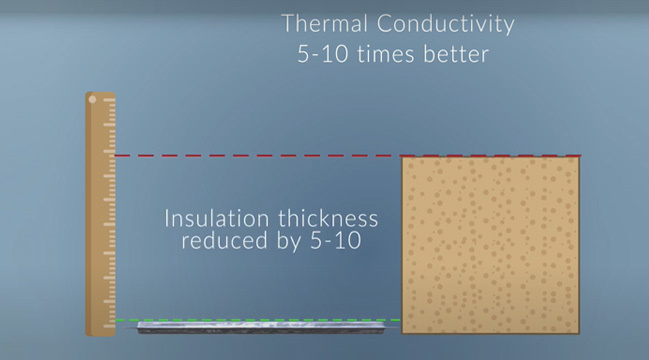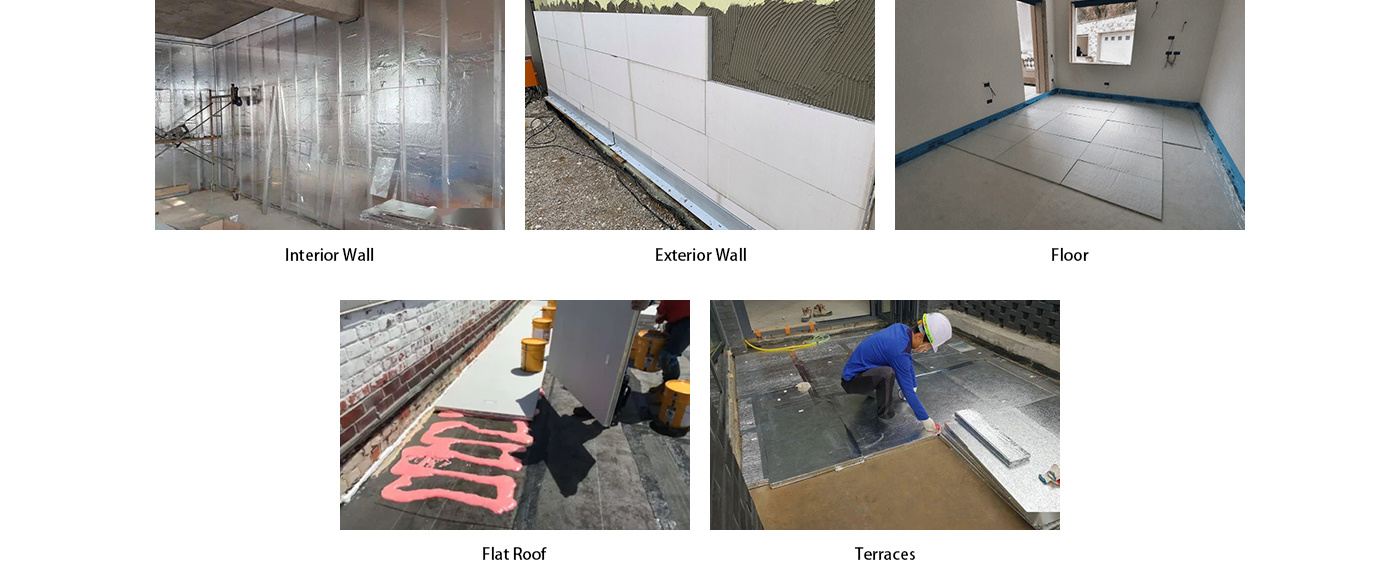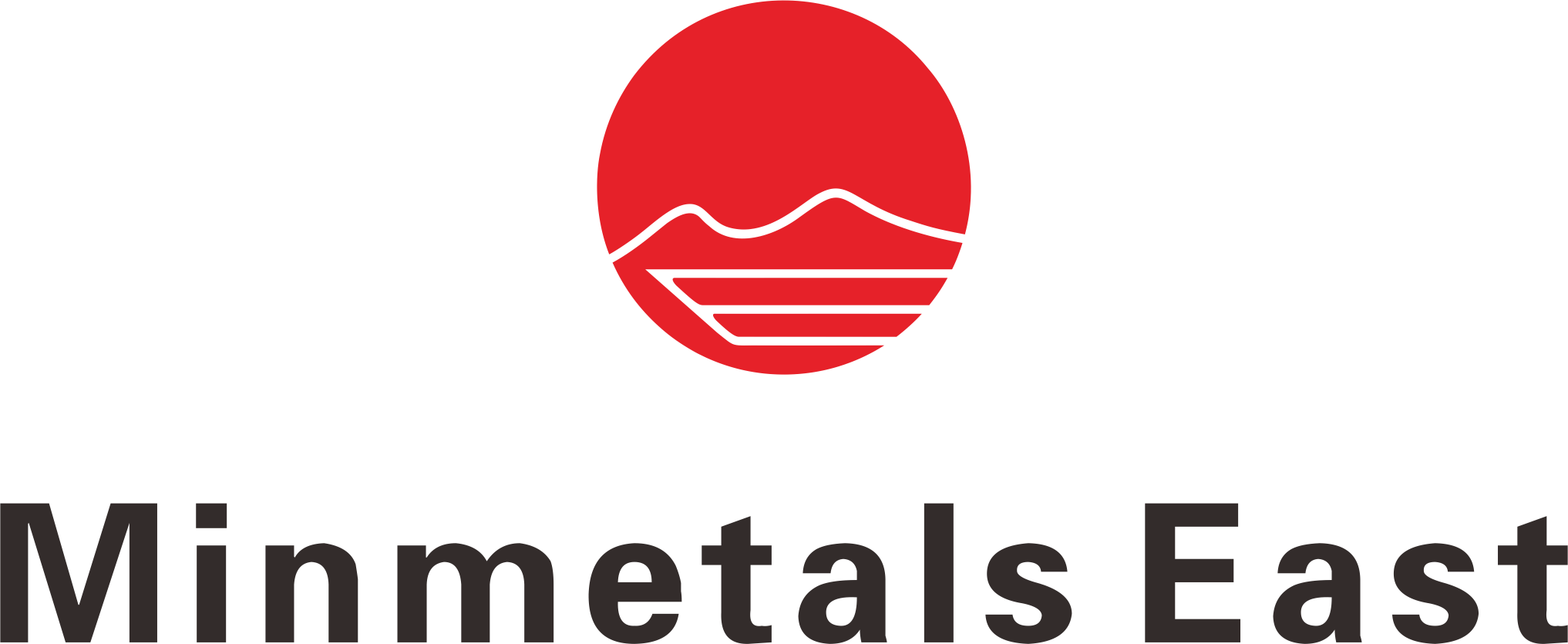Building & Construction
Most insulation materials have been developed before 1950 but the extensive use of thermal insulation started only after the oil crisis in 1973. Since the oil crisis, the thermal insulation of buildings became the key element to prevent heat losses and to improve energy efficiency.
For a long time for regions with an extended annual heating period, 10 mm of standard insulation such as expanded or extruded polystyrene, foamed polyurethane (PU), fibreglass, etc, were considered as good insulation. But energy specialists calculated that the economically optimised thickness should be 300-500 mm depending on the specific climatic conditions. Today, many existing building regulations and standards demand U-value that is approximately equal to 0.2 W/(m2·K) for roofs and walls, which means about 200 mm thick insulation layers.
The thermal resistance of VIPs per unit thickness compares very favourably to conventional insulation. For instance, standard mineral wool has a thermal conductivity of 0.044 W/(m·K), and rigid polyurethane foam panels about 0.024 W/(m·K). This means that VIPs have about one-fifth the thermal conductivity of conventional insulation, and therefore about five times the thermal resistance (R-value) per unit thickness. Based on a typical K-value of 0.007 W/(m·K)(Calculate the total thermal conductivity after incorporating the thermal bridge effect), the R-value of a typical 25-millimetre-thick (1 inches) VIP would be 3.5 m2·K/W (20 h·ft2·°F/BTU). To provide the same R-value, 154 millimetres (6 inches) of rockwool or 84 millimetres (3 inches) of rigid polyurethane foam panel would be required. However, VIP's thermal resistance per unit price is much less than conventional materials.

Due to the powerful insulation performance of VIPs, which far exceeds other traditional insulation materials, they more efficiently avoid the convection degree between hot and cold, thus not only offering maximum energy efficiency for old and new buildings but also increasing comfort for people living and working in insulated spaces.







